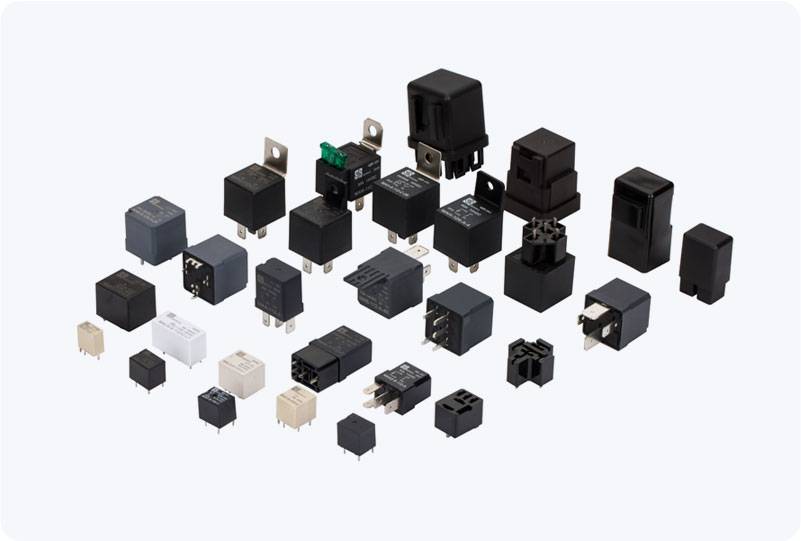understanding leakage current relay: a crucial safety device in electrical systems
Release time:2025-07-18 14:36:33
In the modern world, where electrical systems are integral to both residential and industrial environments, ensuring the safety of electrical installations is crucial. One of the key devices designed to safeguard against potential hazards in electrical systems is the Leakage Current Relay (LCR). These relays are essential in detecting leakage currents, which can pose serious threats such as electric shocks, fire hazards, or equipment damage. In this article, we will explore the importance, functionality, and applications of the Leakage Current Relay, shedding light on how it plays a vital role in ensuring safety.

What is a Leakage Current Relay?
A Leakage Current Relay is an electrical protection device that is designed to detect the presence of leakage currents in an electrical circuit. Leakage current refers to the unintended flow of electrical current from the live conductors to the ground or other parts of the system that are not intended to carry current. This type of current often occurs due to insulation failure, damaged cables, or poor grounding. Left unchecked, leakage current can lead to dangerous situations such as electrical shocks, fires, or serious damage to electrical appliances.
The primary function of the Leakage Current Relay is to monitor and detect these leakage currents. If the detected leakage current exceeds a predetermined threshold, the relay promptly triggers an alarm or shuts off the power supply to prevent further damage or danger.

